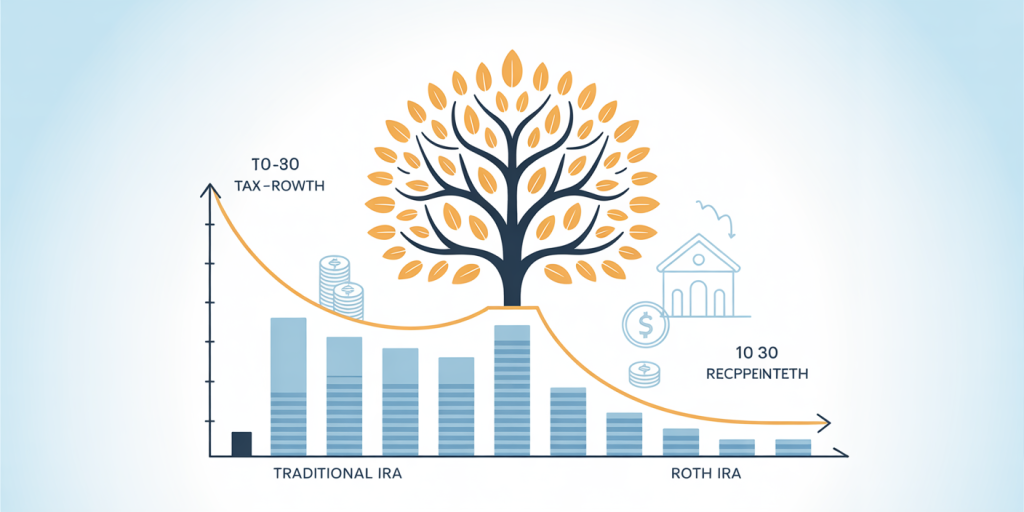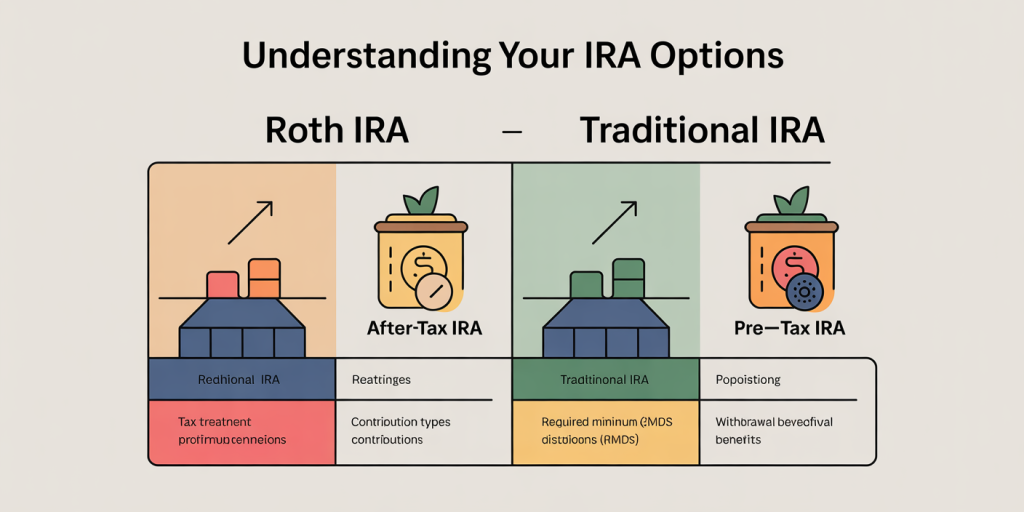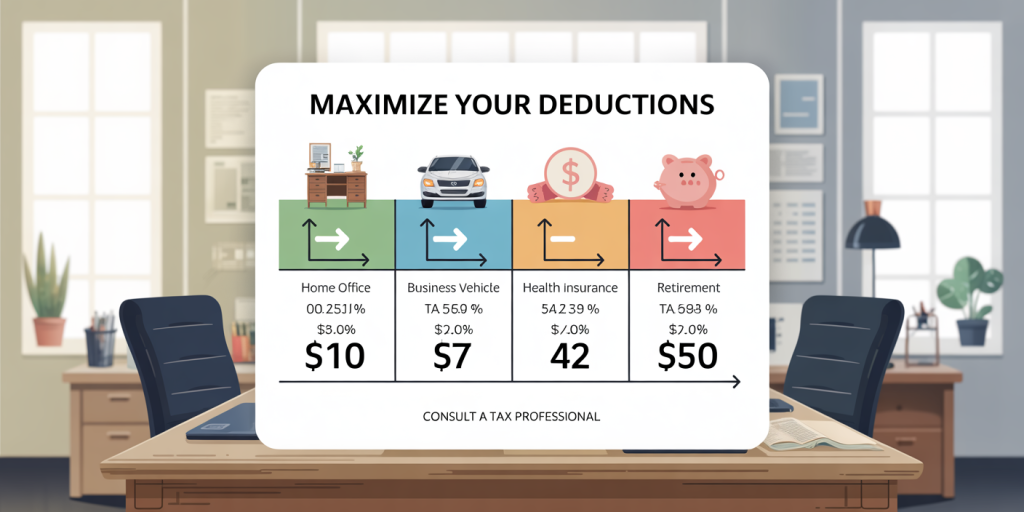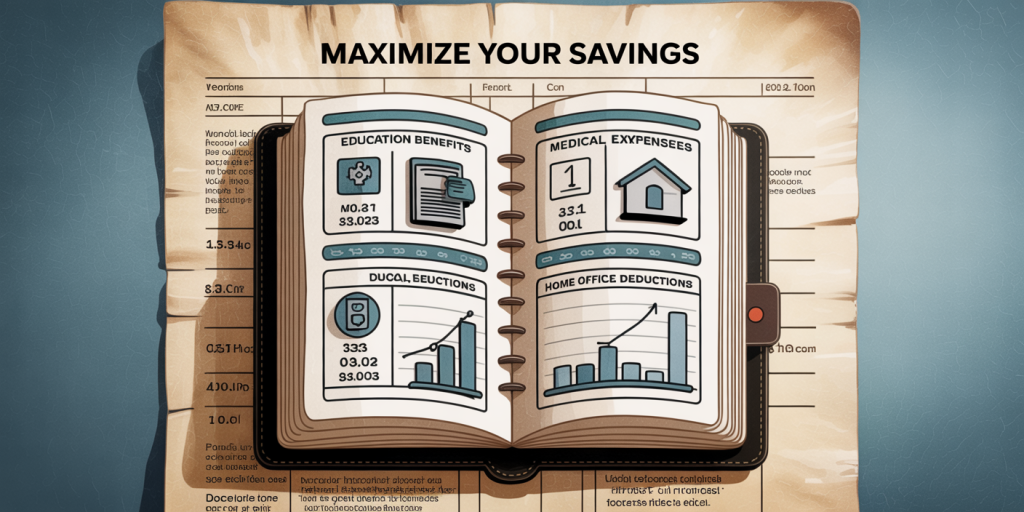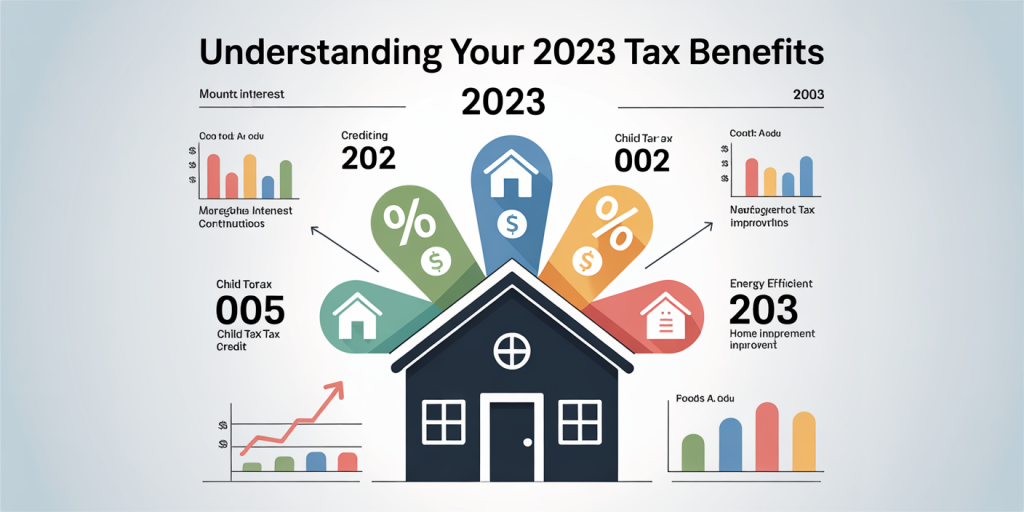Capital gains tax is a crucial element of the U.S. taxation system that affects millions of investors, homeowners, and business owners every year. Understanding how these taxes work, their classifications, and the intricacies involved can help taxpayers make better financial decisions and optimize their portfolios. This article explores the fundamentals of capital gains tax in the U.S., practical applications, key differences between tax rates, and future outlooks.
Understanding Capital Gains Tax: The Basics
Capital gains tax is the tax levied on the profit realized from the sale or exchange of a capital asset. These assets include stocks, bonds, real estate properties, and other investment vehicles. For example, if an individual buys shares of a company for $5,000 and later sells them for $8,000, the $3,000 profit is subject to capital gains tax.
The U.S. Internal Revenue Service (IRS) classifies capital gains into two categories: short-term and long-term, based primarily on the holding period of the asset. Short-term capital gains apply to assets held for one year or less, which are taxed as ordinary income according to the individual’s tax bracket. On the other hand, long-term capital gains apply to assets held for more than one year and are taxed at typically lower rates to incentivize longer investments.
Short-Term vs. Long-Term Capital Gains: Rates and Implications
The distinction between short-term and long-term capital gains has significant tax implications. Short-term capital gains are taxed at the standard federal income tax rates, which in 2024 range from 10% up to 37%. This means that if a taxpayer’s ordinary income falls into the highest tax bracket, they could face a capital gains tax rate as high as 37% on short-term profits.
Long-term capital gains enjoy preferential rates. In 2024, the rates stand at 0%, 15%, or 20%, depending on taxable income. For example, a single filer with taxable income up to approximately $44,625 pays no capital gains tax on long-term gains; income between $44,626 and $492,300 is taxed at 15%, while amounts above that face a 20% rate. These lowered rates support investment growth and economic stability by encouraging longer-term asset holding.
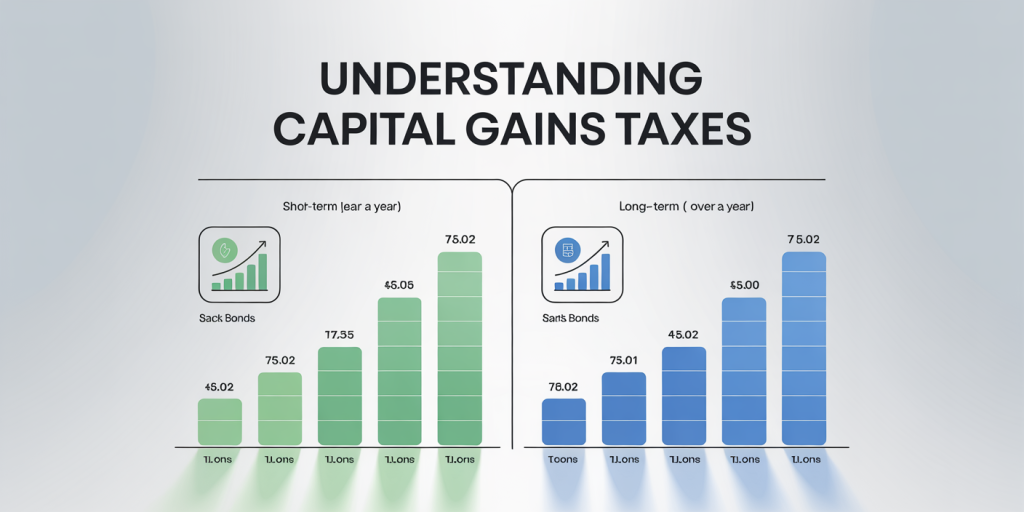
| Holding Period | Tax Rate (2024) | Applies To |
|---|---|---|
| Short-term (1 year or less) | Ordinary income tax rates (10%-37%) | Gains on assets held short-term |
| Long-term (more than 1 year) | 0%, 15%, or 20% | Gains on assets held long-term |
The difference is stark when considering a practical example. Suppose an investor sells an asset after 11 months, realizing a $50,000 gain, and their regular income tax bracket is 24%. They would owe $12,000 in taxes on that gain if taxed short-term. By waiting an additional month to qualify for long-term treatment, their tax liability might drop to $7,500 (15% long-term rate), saving $4,500.
Exemptions, Deductions, and Special Cases
While capital gains tax rules are fairly straightforward, several exemptions and special cases can influence an individual’s tax burden. One of the most notable exemptions applies to the sale of a primary residence. Under IRS Section 121, taxpayers can exclude up to $250,000 of capital gains from the sale of their main home—$500,000 for married couples filing jointly—provided specific conditions like ownership and use tests are met.

Another key aspect is the treatment of capital losses, where selling an asset for less than its purchase price can offset capital gains. If capital losses exceed gains in a given tax year, the IRS allows deductible losses against ordinary income, up to $3,000 annually. Excess losses can be carried forward indefinitely, reducing future capital gains tax liability.
Certain asset classes have distinct tax provisions. For instance, gains from collecting art, antiques, and some other tangible personal property are taxed as collectibles at a maximum rate of 28%. Also, profits realized from small business stock sales may qualify for partial exclusion under Section 1202, incentivizing startup investments.
Real-Life Cases: Capital Gains Tax in Action
Investor experiences often illustrate the practical consequences of capital gains tax rules. Consider the widely publicized case of a private equity magnate who sold shares of a portfolio company and realized over $100 million in profits. By holding these shares for more than a year, this investor benefited from the long-term capital gains rate of 20%, significantly reducing the tax bill compared to ordinary income rates.
Homeowners also frequently navigate capital gains tax during the sale of their properties. A classic example involved a couple in California who sold their home for $1.2 million after 10 years. Their initial purchase price was $600,000, resulting in a $600,000 capital gain. After applying the $500,000 exclusion for married couples, they freed $500,000 of that gain from taxation—a valuable relief in a high-cost real estate market.
State-Level Capital Gains Tax Variations
While the federal government sets the baseline for capital gains taxation, many states impose additional taxes on capital gains income. These state taxes vary widely and can significantly impact the total tax burden. For example, California and New York tax capital gains as ordinary income, with top marginal rates exceeding 13% and 10%, respectively. Conversely, states like Florida, Texas, and Nevada have no state income tax, meaning residents pay only federal capital gains tax.
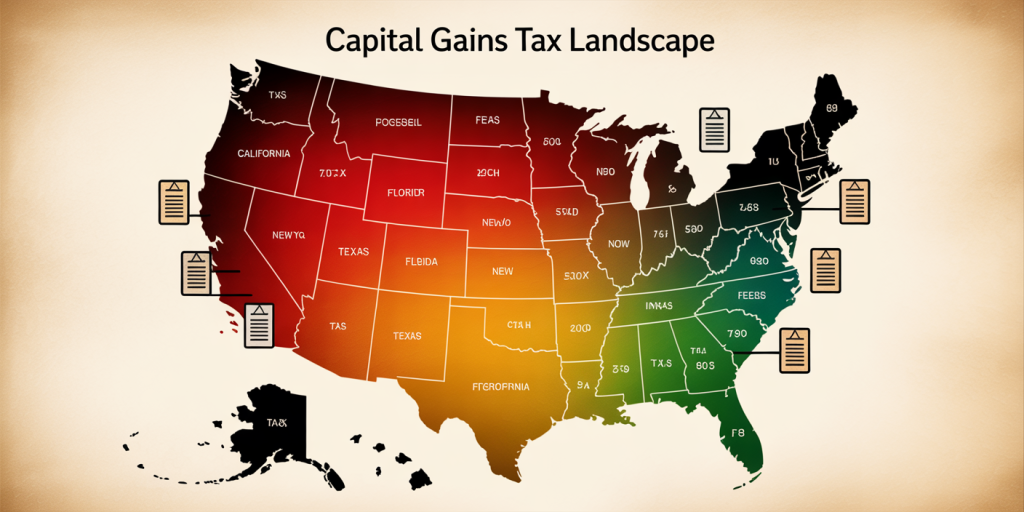
The table below compares capital gains tax rates in select states for long-term assets, assuming a taxpayer in the 15% federal bracket:
| State | State Capital Gains Tax Rate | Combined Federal + State Rate |
|---|---|---|
| California | Up to 13.3% | 28.3% |
| New York | Up to 10.9% | 25.9% |
| Florida | 0% | 15% |
| Texas | 0% | 15% |
| Washington | 0% (but capital gains tax effective 2022) | 15% + 7% tax = 22% |
Recent changes in Washington State introduced a 7% capital gains tax on high earners, reflecting an emerging trend of states adopting new capital gains tax regimes to increase revenue. This growing patchwork of state policies necessitates careful tax planning, especially for investors with diversified holdings across states.
Reporting Capital Gains: The Taxpayer’s Responsibility
Reporting capital gains properly on one’s federal return is critical to ensure compliance and avoid penalties. The IRS mandates taxpayers to file Form 8949 to report the details of each asset sale, including the purchase price, sale price, dates, and the gain or loss realized. This form then feeds into Schedule D, which summarizes overall capital gains and losses for the tax year.
For investors using brokerage accounts, brokers provide Form 1099-B, which reports the proceeds from sales. Taxpayers must reconcile this information with their records, especially if there are discrepancies due to stock splits, dividends, or reinvestments. Errors or omissions can lead to IRS audits or additional taxes owed.
One practical tip for taxpayers is to maintain meticulous records of all transactions and holding periods to substantiate the nature of the gain (short-term vs. long-term). For example, many investors lose potential tax savings by incorrectly categorizing holdings or failing to track acquisitions made in multiple lots on different dates, which could optimize tax outcomes through specific identification methods.
Future Perspectives on Capital Gains Tax in the U.S.
Capital gains tax policy in the U.S. continues to evoke debate and potential reform. Various proposals have surfaced in recent years to raise long-term capital gains rates for high-income taxpayers or to eliminate the favorable rates entirely. For instance, during the 2021 legislative discussions, proposals suggested taxing capital gains at ordinary income rates for households earning above $1 million annually to generate additional federal revenue.
Economic research shows that while increasing capital gains tax rates may boost government revenue, it can also impact investment behavior. A 2020 National Bureau of Economic Research study estimated that raising top capital gains tax rates from 20% to 39.6% could reduce taxable realizations by nearly 10%, potentially dampening investment and economic growth.
Moreover, technological advancements and increasing use of cryptocurrency add new dimensions to capital gains taxation. The IRS has enhanced enforcement on digital asset reporting, creating new rules and forms specifically tailored to these emerging asset classes. As financial markets evolve, tax legislation is expected to adapt, possibly introducing stricter compliance requirements or novel tax categories.
At the state level, more jurisdictions are considering capital gains taxes similar to Washington’s model, aiming to diversify their tax base beyond property and sales taxes. This could lead to a more complex national landscape requiring taxpayers to engage more deeply with tax professionals to navigate these changes effectively.
Continued public discussion and political shifts will play a decisive role in shaping the capital gains tax environment over the next decade, underscoring the importance for investors and taxpayers to stay informed and proactive.
Capital gains tax is a complex but essential component of the U.S. tax system that influences investment decisions, homeownership, and wealth management strategies. By understanding the classifications, rates, exemptions, and state-level variations, taxpayers can better plan and potentially reduce their tax liabilities. With growing policy debates and evolving financial landscapes, staying apprised of changes and consulting qualified tax advisors remain crucial for maximizing financial outcomes in the face of capital gains tax obligations.


